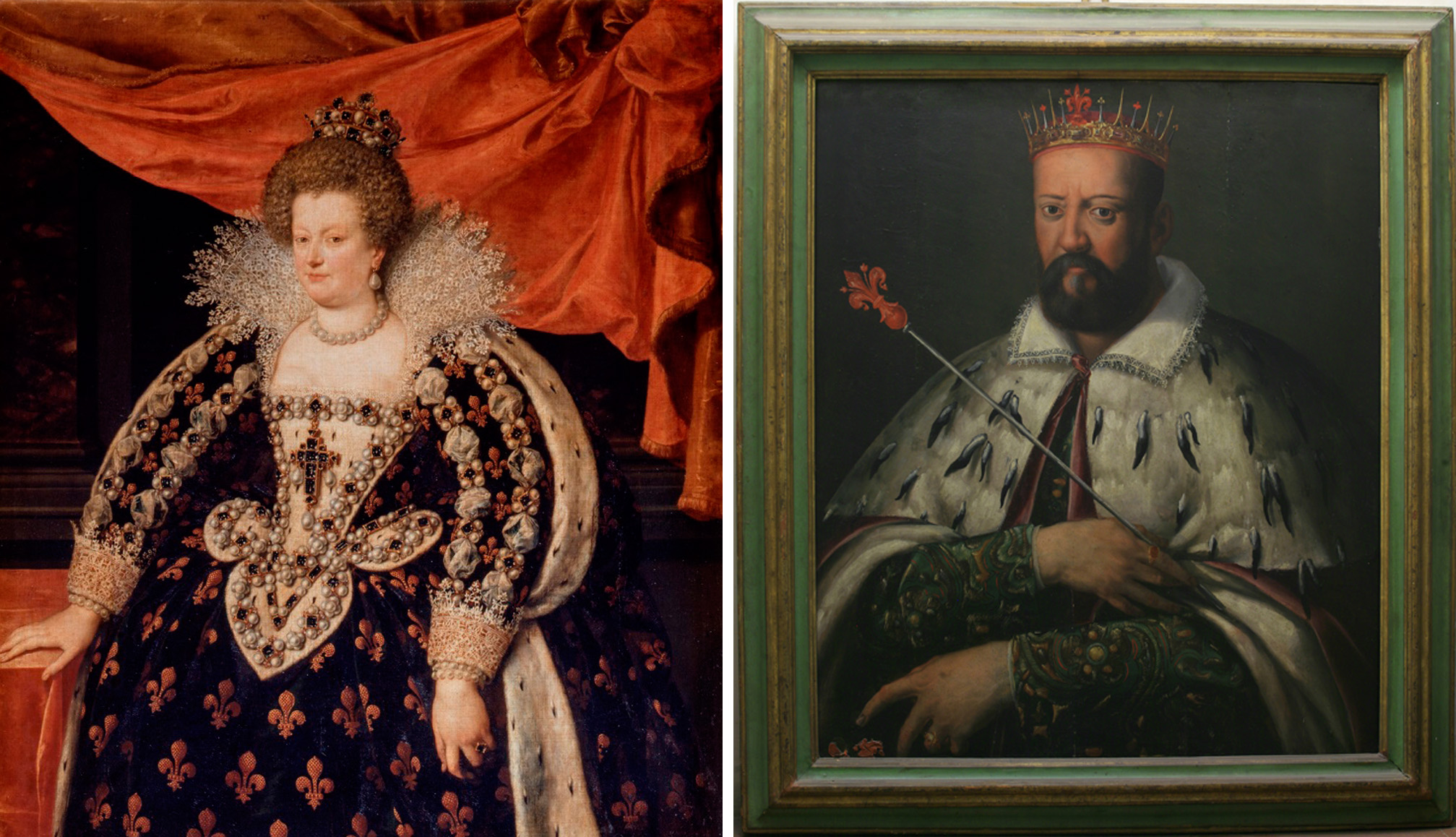For over three centuries the Medici family dominated Renaissance Florence and much of its economic, political and cultural life. In the arts, the wealthy family is largely remembered for its patronage of painting, sculpture and grand architecture, but a new exhibition at the Tokyo Metropolitan Teien Art Museum suggests that the objects most highly valued by the Medici were often those you could hold in the palm of your hand. "Gems and Jewellery of the Medici" introduces more than 70 objects from the family's collection, including rings, pendants and cameos as well as paintings showing how they were worn and the function they served — be it decorative, social or even political.
The House of Medici rose to prominence in Florence in the 15th century with the Medici bank, a financial powerhouse that was, in time, to extend its reach across Europe with branches in Lyon, Geneva and London. This economic clout helped give the family real, if unofficial, political power in the city even before successive heads of the family assumed the title Duke of Florence. Notwithstanding periods of war, rivalry and defeat (the Medici was weakened and at one point driven out of the city) the family consolidated its position when Cosimo de Medici (1519-1574) became the Duke of Tuscany by papal appointment.
The Medici often courted the Vatican closely and over the centuries produced no less than two popes of its own. Unlike a famous Bronzino portrait of Cosimo as a beardless youth, this exhibition shows him slightly older and fiercer looking, in a painting by an unknown Florentine artist. He wears a crown featuring the red fleur-de-lis symbol of Florence and holds a staff with the same flower design.



